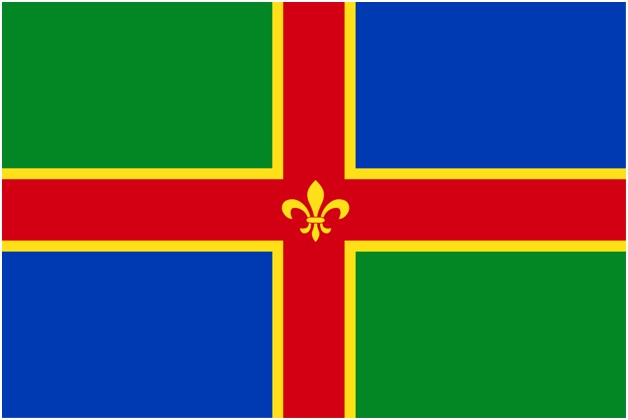I have a superb series of tourist maps, produced by the Ordnance Survey Office. There's one for every county in the country......................except for Lincolnshire!
That fact was enough to make me spend a week there, to try and work out why it had been neglected. It rained all week......................
Lincolnshire is one of those counties where you really have to search out the best places. Much of the county has little to recommend it, other than the superb twisties so much loved by bikers. Unfortunately, police presence can be a bit heavy on the best of them
That fact was enough to make me spend a week there, to try and work out why it had been neglected. It rained all week......................
Lincolnshire is one of those counties where you really have to search out the best places. Much of the county has little to recommend it, other than the superb twisties so much loved by bikers. Unfortunately, police presence can be a bit heavy on the best of them


No comments:
Post a Comment